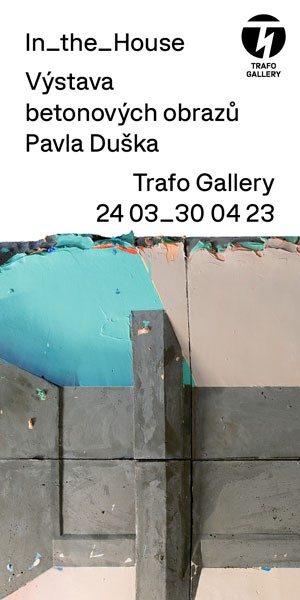Pavel Dušek
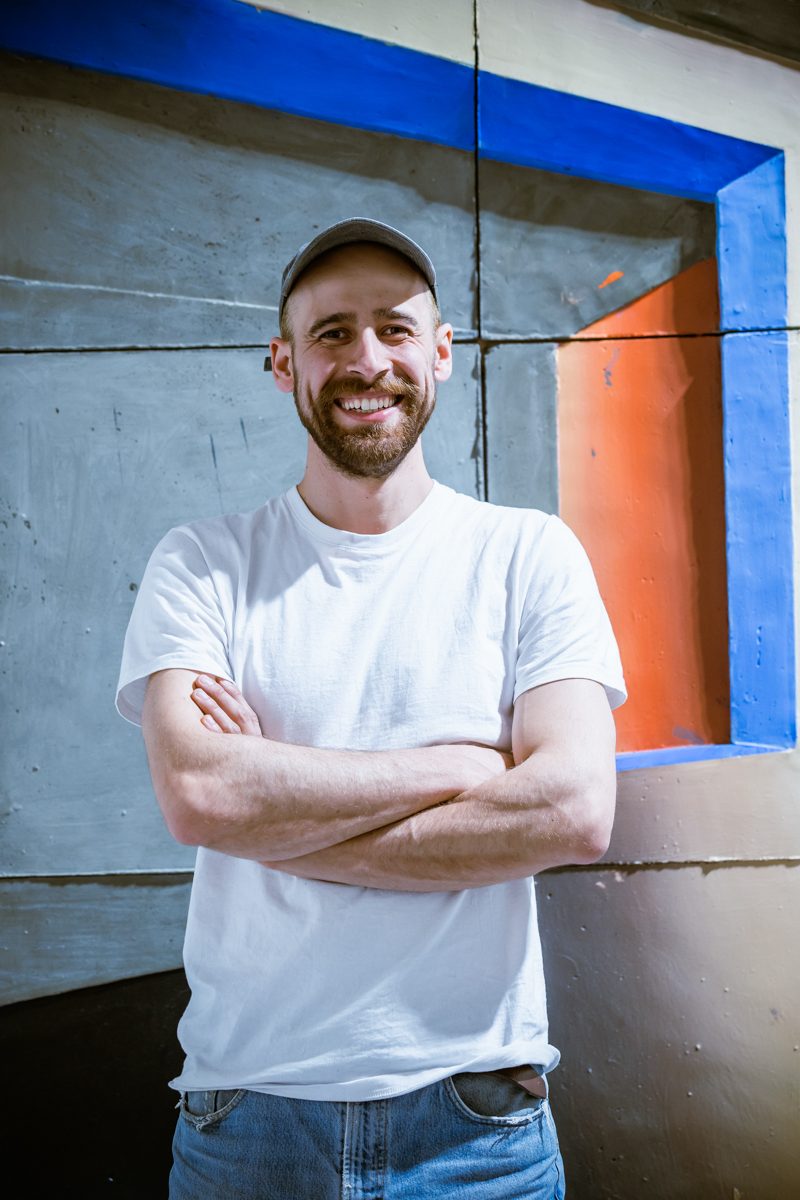
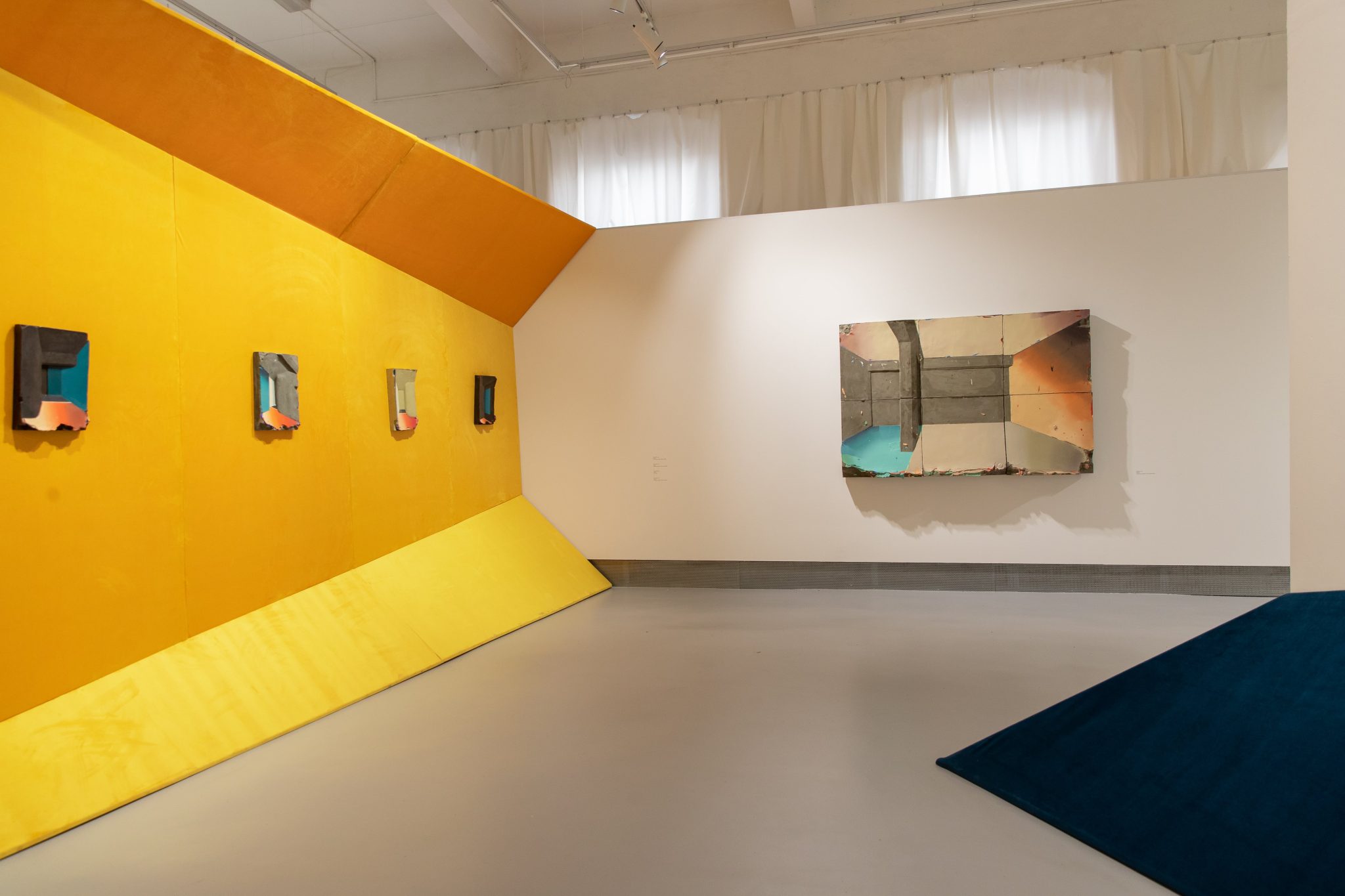
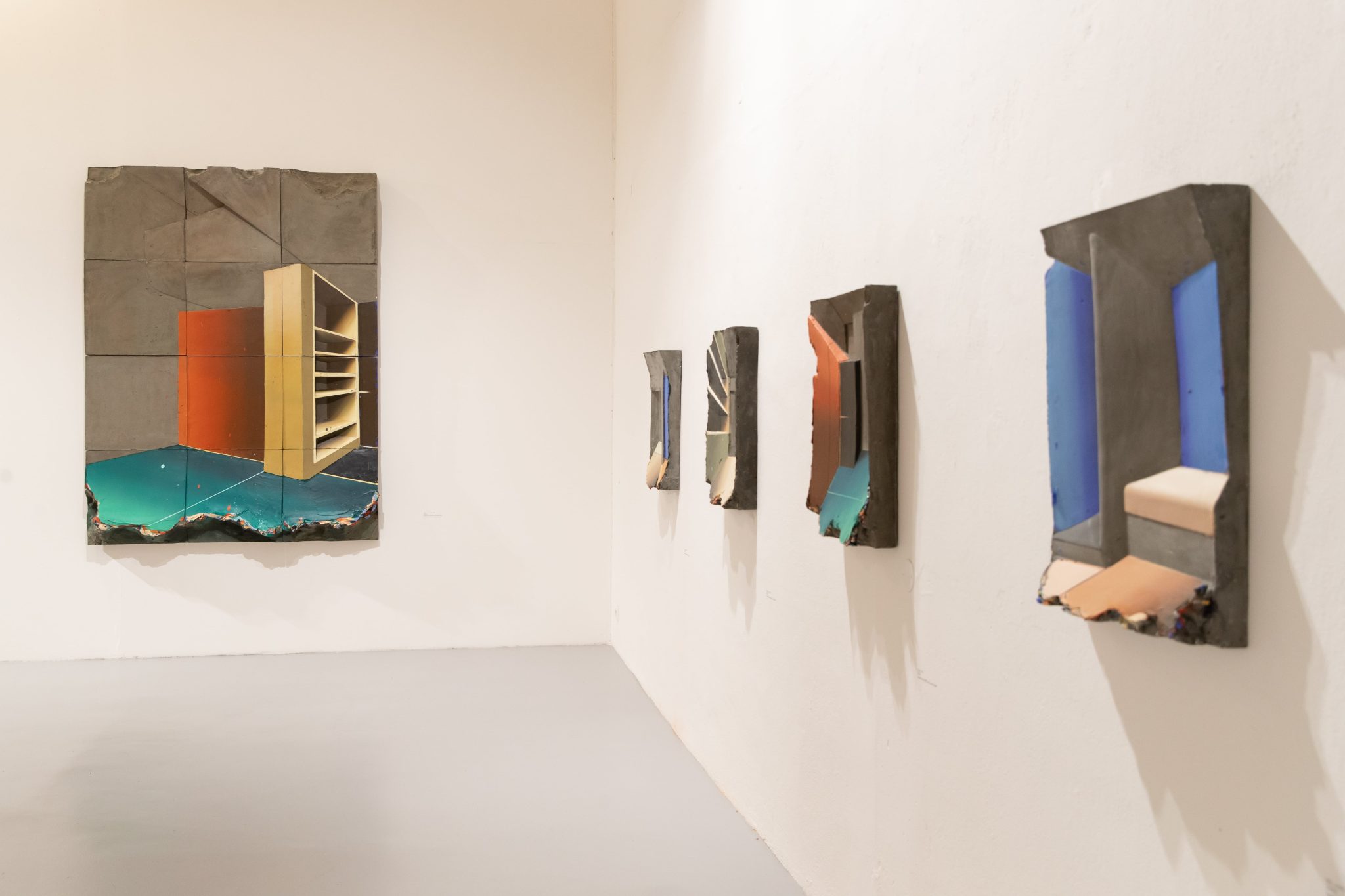
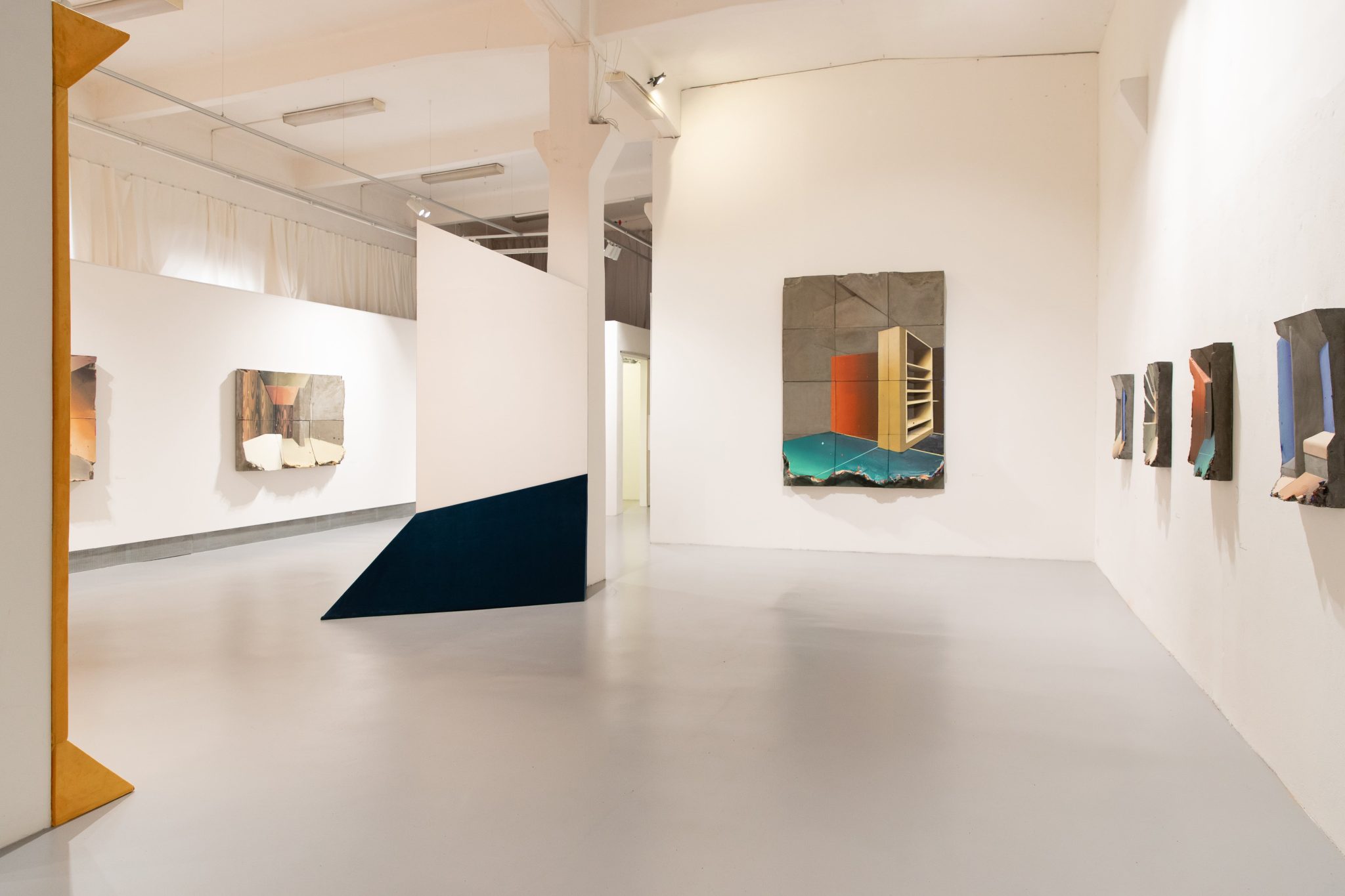
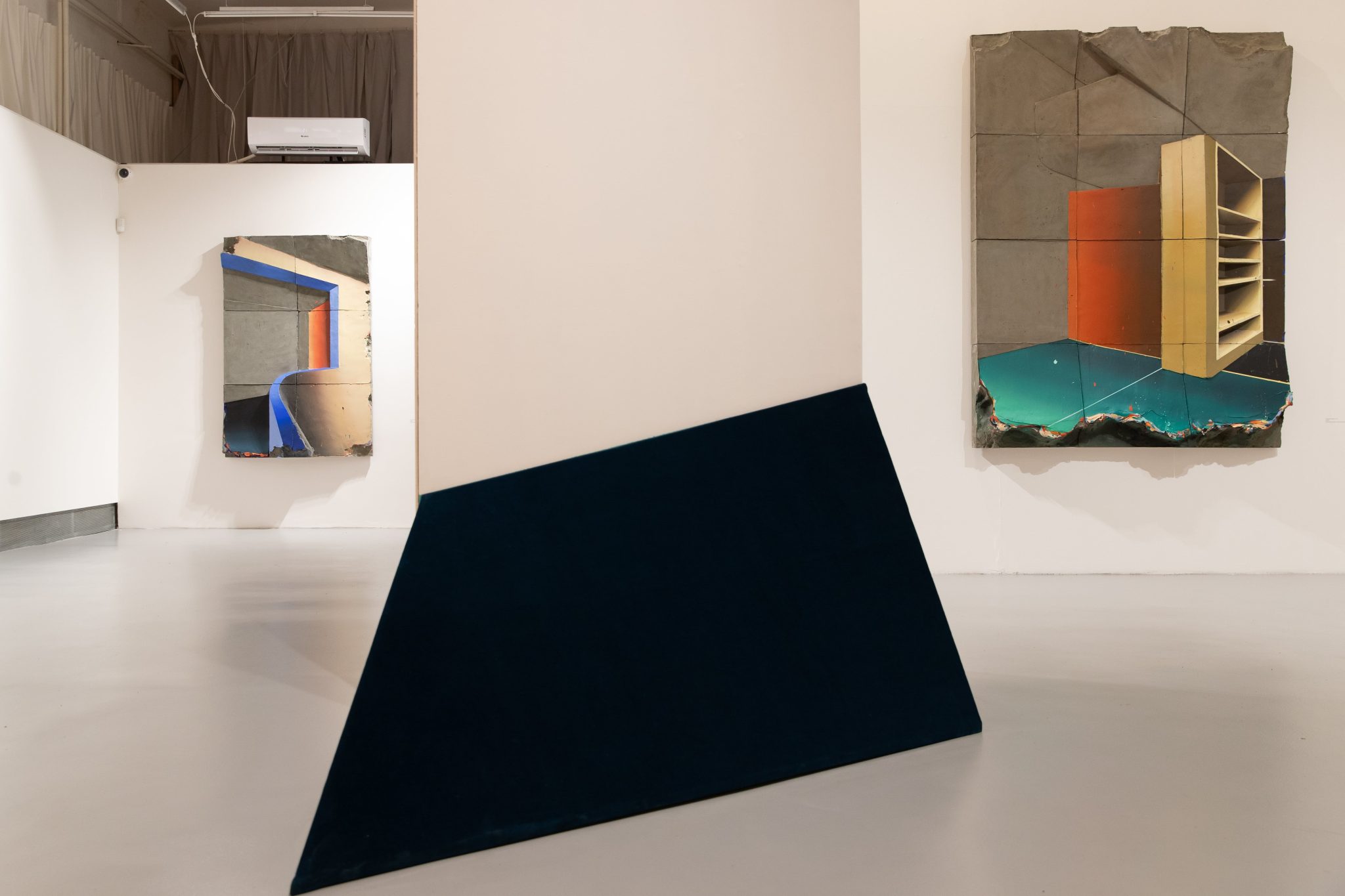
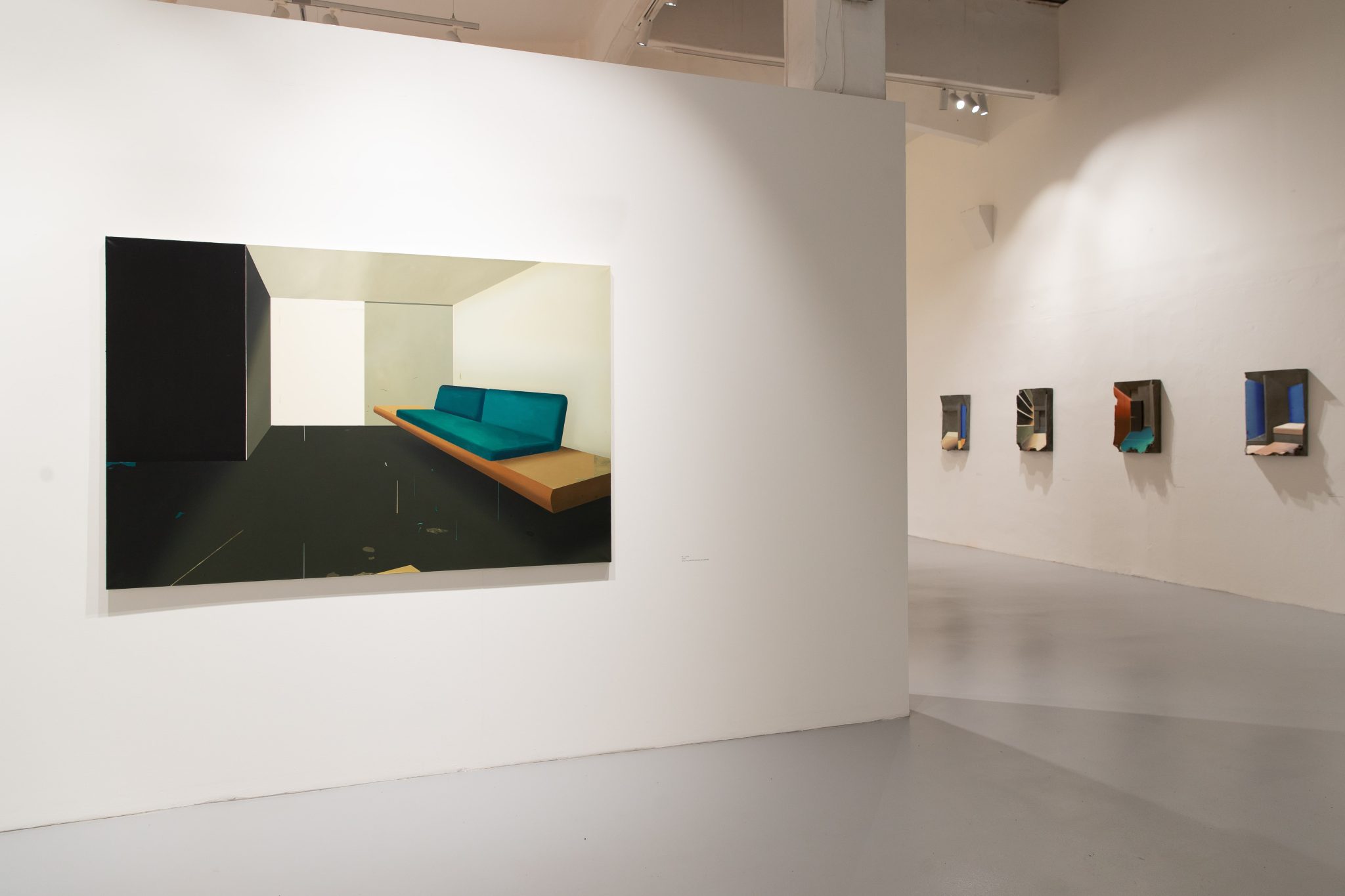
Trafo Gallery has prepared a solo exhibition of a Czech artist working in the field of painting and street art, which presents the authors' latest painted concrete reliefs. We recognize in them his long-term theme that pervades his entire work - the construction, perception and, above all, experience of space - space in the broadest sense of the word. He doesn’t really care whether this is a morning run through the surrounding landscape, the programmed environment of aging computer games, or the mental space of memories. For him, all of this represents an interconnected and contingent world in which one thing is related to the other. A special concrete publication of the same name was published for the exhibition.
Outwardly, everything in his work is concentrated in the subject matter, which nowadays, in the vast majority of cases, is the tightly packed spatial composition of the interior, to which the name of the exhibition project also refers. In the case of traditional paintings, this is sometimes even on the level of apartment furnishing, though far more typical is work with the basic layout of materials in the sense of the conceptual arrangement of individual structural elements. Here too, of course, Dušek works with colour, illusory optics and perspectival shorthand, similar to conventional painting, though he places great emphasis on material efficiency and architectural reality, which represents a crucial differentiating element.
In this way, he both interrogates and expands the bandwidth of the traditional hung painting. This has a distinct spatial effect in the sense of relief-based refraction, and so it clearly adopts the form of a hybrid platform, an image-object. In addition, Dušek spontaneously created a distinctive, multimedia technique situated on the border of modelling and painting, in which both play an irreplaceable role. He has de facto replaced the standard support, the board or canvas, with an atypical one, be it concrete or acrylic resins, which helps him to take advantage of their benefits, i.e. their malleable properties. In doing so, however, he continues to treat the moulded base as something from which only colour interventions will create the final “product”, i.e. the painting. He behaves like a painter and considers himself one, though his interest in the material does not cease. This is not only because they offer different possibilities than canvas. He is also fascinated by the particularities inherent in the materials, and the fact that each operates differently and therefore presents new challenges.
For Pavel Dušek, the city is as important a platform as the gallery. Not only is it an architectural organism compatible with his priorities, but, with the exception of his studies at art school, he has continuously been involved in street art since the age of fifteen. He created and situated stencils, stickers and handmade posters in streets. These days, these have been replaced by his spatial paintings, which can be found not only in Prague, but also in Athens, Paris, London, Venice and Barcelona. His interiors thus retroactively penetrate public space, overturning its scales, interrogating its customary logic, and disrupting stereotypical perceptions of the urban universe. The conception of the exhibition, which presents both traditional and spatial paintings, as well as offering a record of illegal interventions, reflects something similar.
